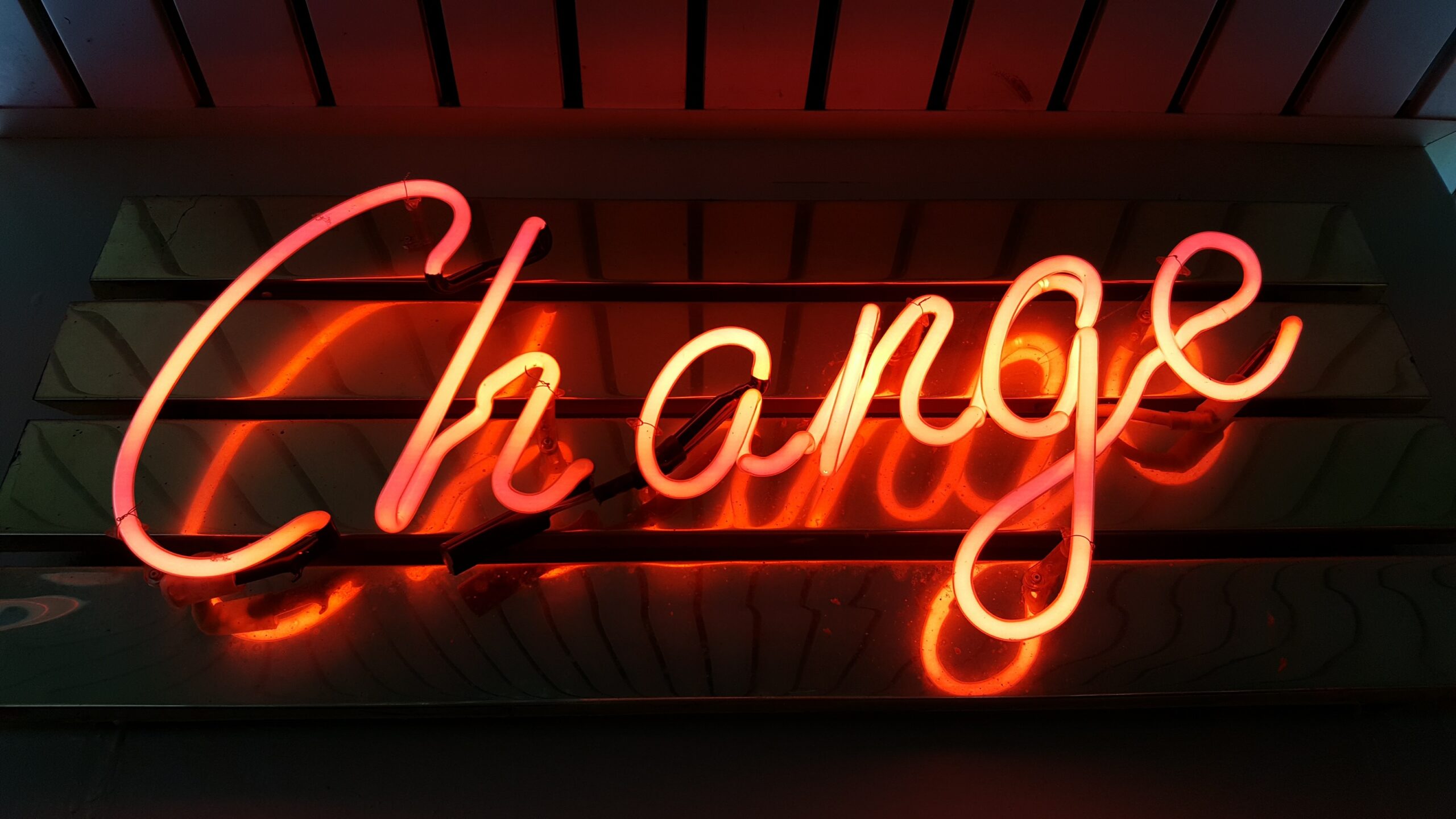Reimagining Diversity & Inclusion: moving beyond the status quo
Diversity & Inclusion (D&I) initiatives have gained momentum as organizations strive to create more equitable and inclusive environments. However, it is crucial to critically examine whether these efforts truly challenge the status quo or inadvertently reinforce existing power structures. This article explores the notion that D&I initiatives can sometimes fall short of transformative change and instead perpetuate the status quo, and proposes strategies to foster more meaningful progress.
Superficial Diversity
One criticism of D&I efforts is the tendency to prioritize surface-level diversity without addressing systemic inequalities. This approach allows organizations to showcase a diverse facade while maintaining existing power dynamics. To move beyond this limitation, it is crucial to recognize that diversity should encompass various dimensions, including race, gender, age, socio-economic background, and more.
Tokenism and symbolic Inclusion
Tokenism occurs when individuals from underrepresented groups are given symbolic roles or positions without genuine influence or decision-making power. This perpetuates the status quo by creating an illusion of inclusion while maintaining the concentration of power among the dominant group. Organizations must focus on substantive inclusion, where diverse perspectives are valued and actively integrated into decision-making processes.
Lack of structural change
D&I initiatives often fail to address the underlying structural barriers that perpetuate inequality. Without challenging systemic biases in recruitment, promotion, and workplace policies, efforts to diversify the workforce can be limited in their impact. Organizations must critically examine their structures and processes, implementing policies that dismantle barriers and provide equal opportunities for all.
Inclusive culture vs. assimilation
An inclusive culture is one that values and embraces diverse perspectives, allowing individuals to bring their authentic selves to work. However, some D&I initiatives may inadvertently promote assimilation, requiring marginalized individuals to conform to existing norms and values. True inclusion requires organizations to challenge dominant culture and actively create spaces where all voices are heard and respected.
Intersectionality and multiple identities
D&I efforts often focus on individual identity dimensions in isolation, neglecting the intersectionality of individuals’ identities and experiences. Recognizing the interconnectedness of race, gender, sexuality, and other identity markers is essential to address the unique challenges faced by individuals with multiple marginalized identities.
Moving Beyond the Status Quo
To ensure that D&I initiatives go beyond protecting the status quo and drive meaningful change, organizations should consider the following strategies:
Transformative Leadership: Foster leadership committed to challenging existing power structures, dismantling biases, and championing inclusive practices at all levels of the organization.
Equity-Centered Approach: Prioritize equity by addressing systemic barriers, providing targeted support and resources, and promoting fair opportunities for advancement.
Accountability and Measurement: Implement mechanisms to measure progress, set meaningful goals, and hold leaders accountable for creating inclusive environments. Regularly evaluate D&I initiatives to ensure they align with broader organizational goals.
Collaboration and Amplification: Engage diverse stakeholders, including underrepresented individuals and marginalized communities, to co-create D&I initiatives. Amplify their voices and incorporate their perspectives in decision-making processes.
In conclusion, D&I efforts should be a catalyst for transformative change rather than serving as a means to protect the status quo. By addressing the limitations of superficial diversity, tokenism, and symbolic inclusion, organizations can foster a more inclusive culture that challenges systemic inequalities. Embracing intersectionality, focusing on structural change, and fostering authentic collaboration are essential steps towards creating truly equitable and inclusive workplaces that break free from the constraints of the status quo.



